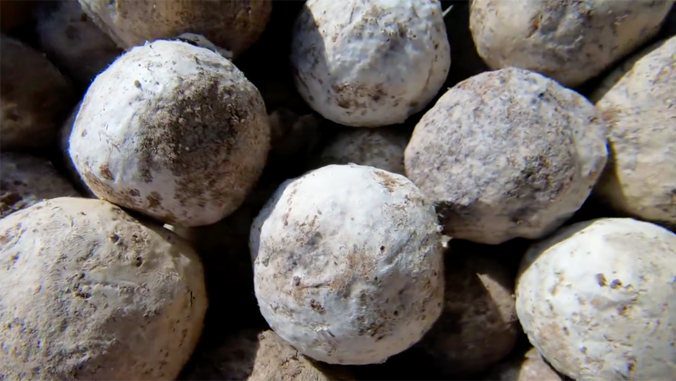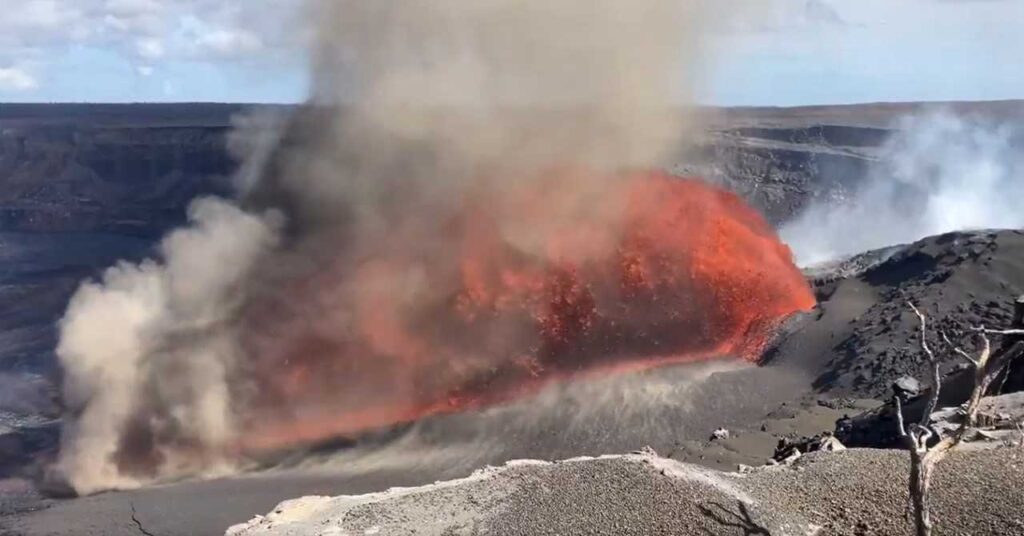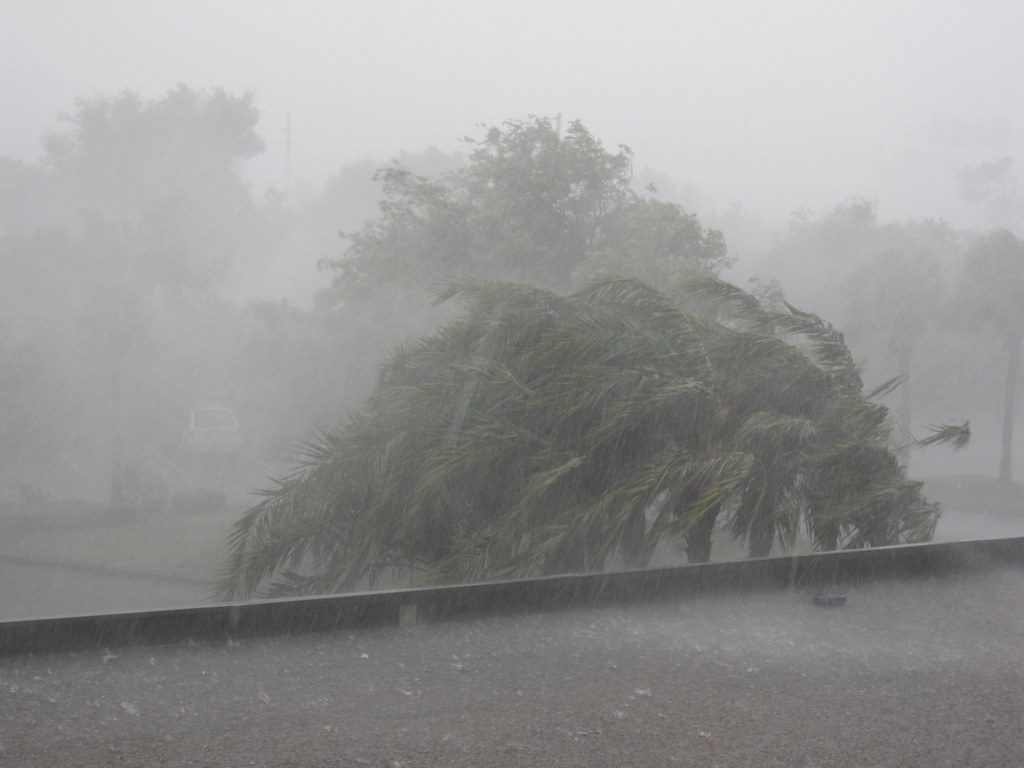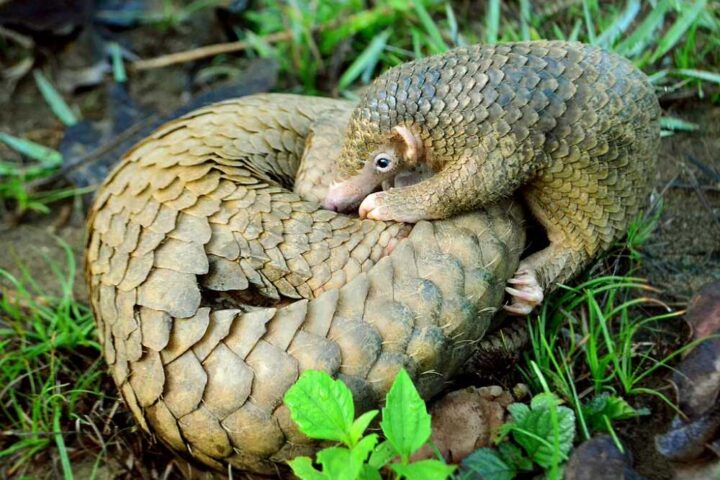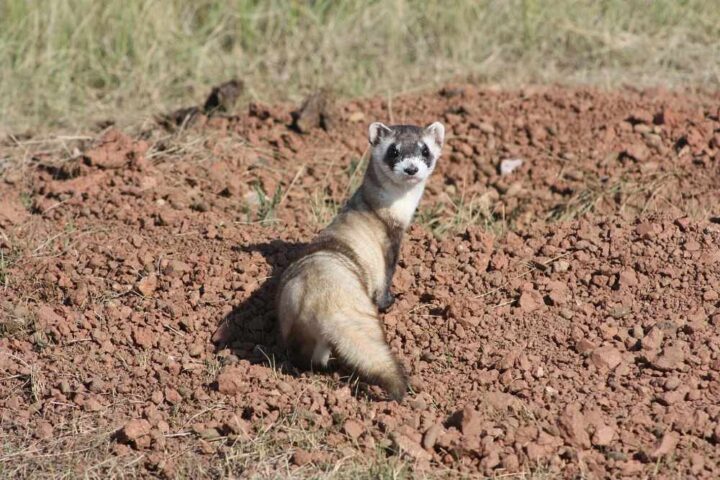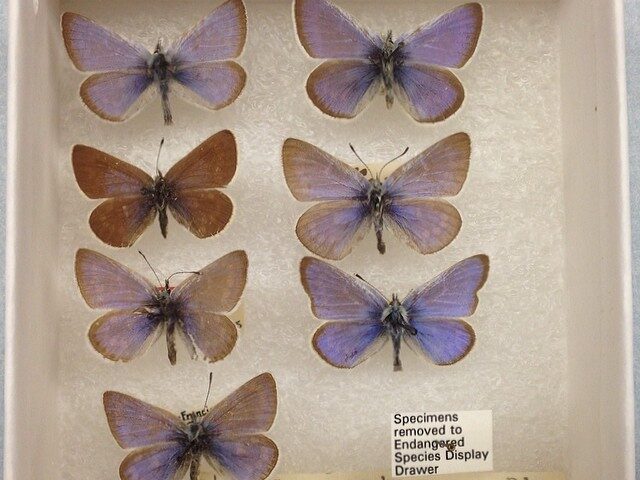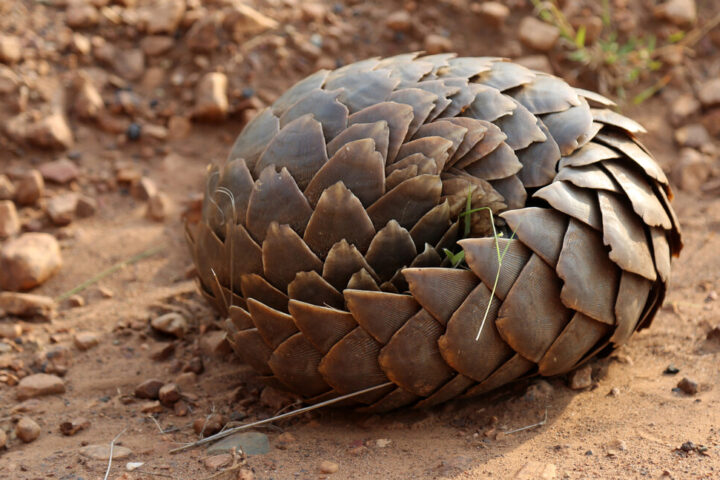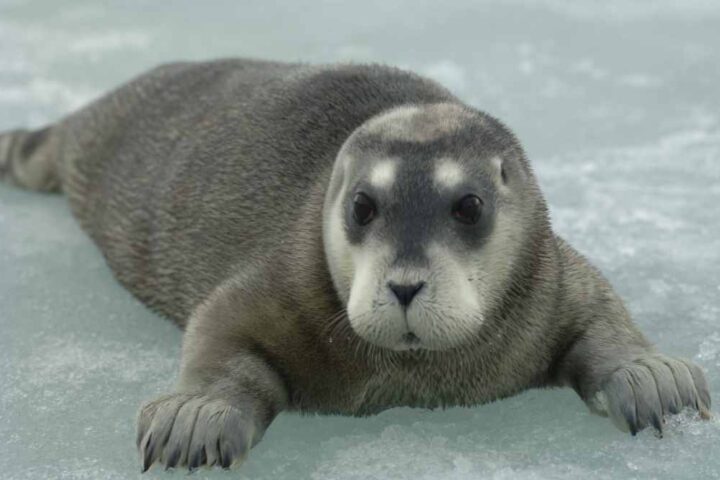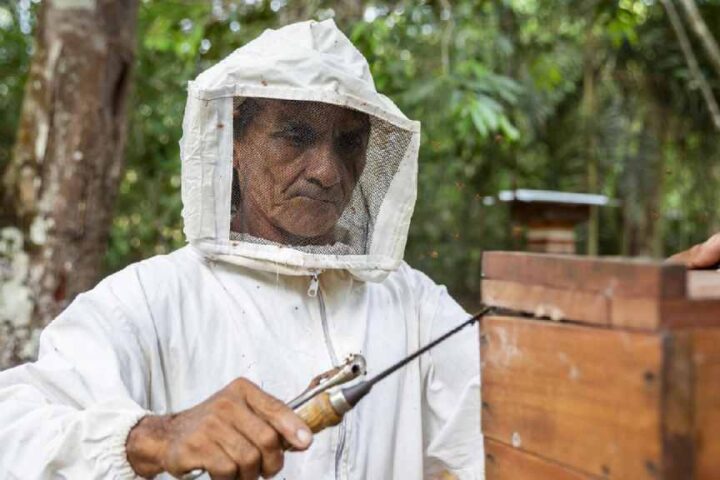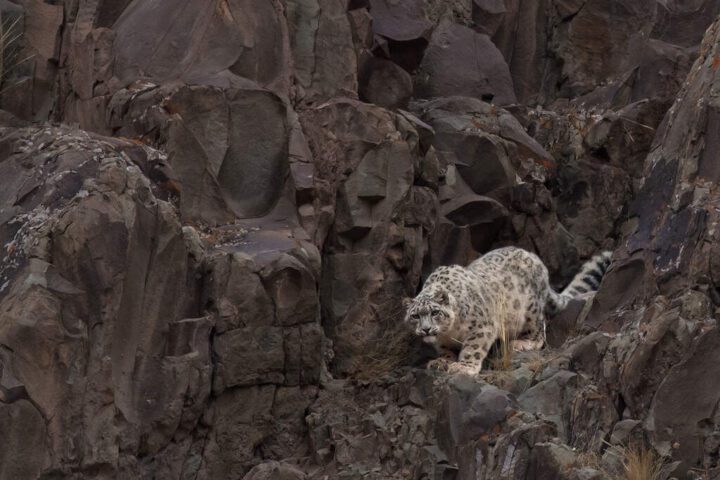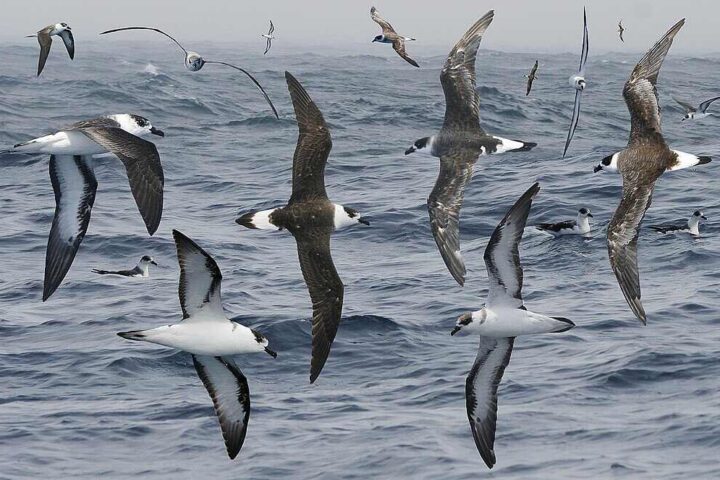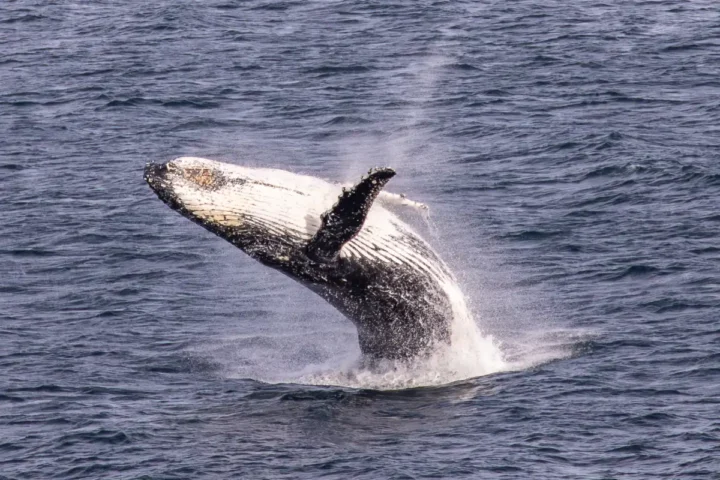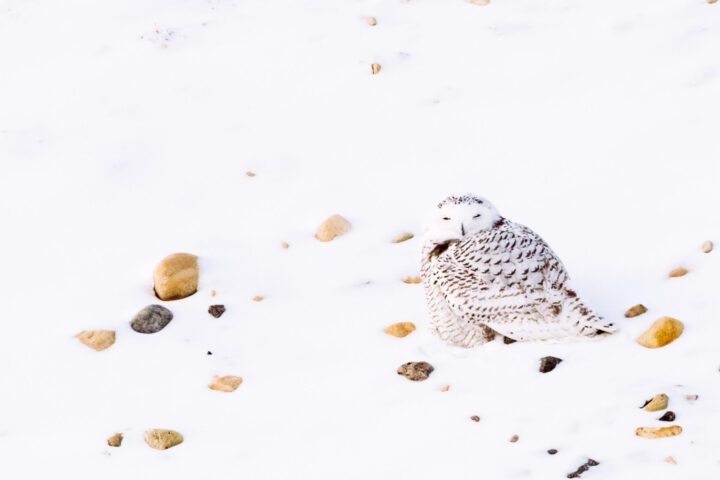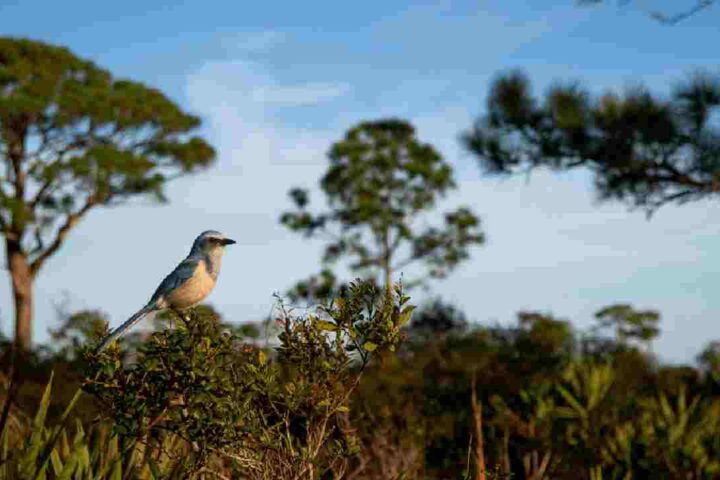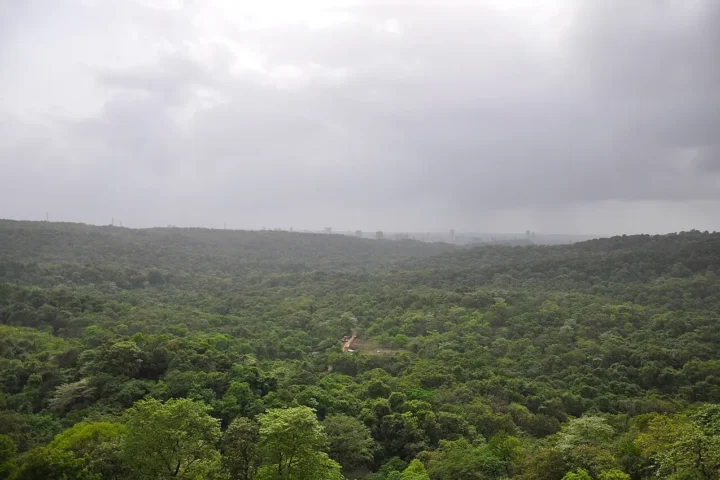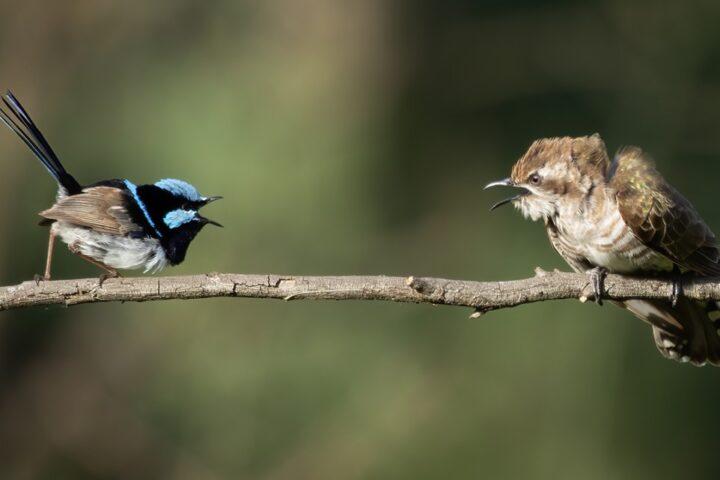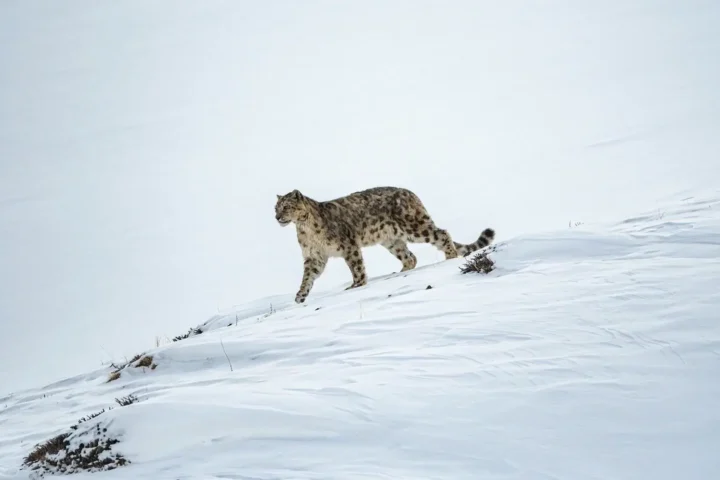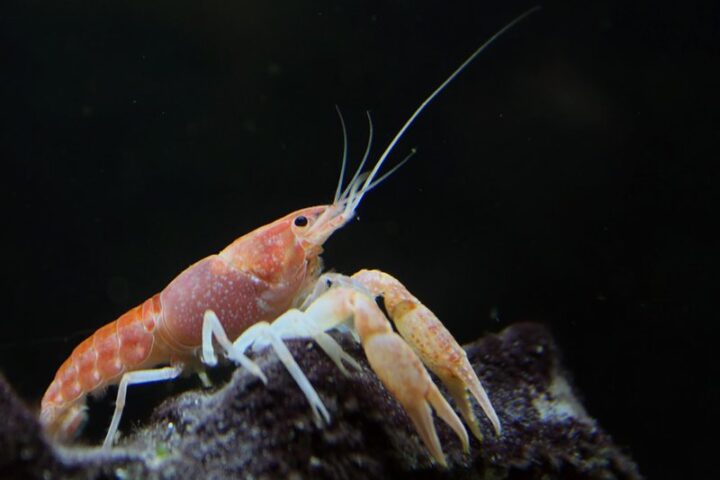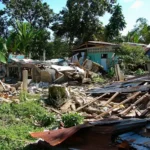On August 22, 2025, Waiahole Elementary students tossed 314 small, muddy balls into Kahaluʻu Beach waters, beginning a five-month, four-school cleanup effort at a site where 92% of 2024 samples failed state health standards.
These “Genki Balls” contain rice bran, dirt, molasses, and beneficial microorganisms that digest organic sludge and can reduce fecal-indicator bacteria levels—a natural solution to a serious problem.
“We’re giving Mother Nature her probiotics,” said Senator Brenton Awa, who coordinates the project with four elementary schools: Waiahole, Kahaluʻu, Ahuimanu, and Heeia.
A Beach in Crisis
Kahaluʻu Beach failed 92% of water quality samples in 2024, placing it among the highest-risk “hot spots” identified by Surfrider’s Blue Water Task Force. A major contributor is wastewater from nearby cesspools entering the watershed and bay.
“A lot of it is coming from the cesspools in the area,” explained Martha German, Blue Water Task Force volunteer.
This pollution creates health risks for the community members who still use the beach for crabbing, paddling, and fishing. People with open cuts face infection risks from high bacteria levels.
Hawaiʻi struggles with cesspool pollution statewide. Approximately 88,000 cesspools release about 53 million gallons of untreated sewage daily, according to the Hawaiʻi Department of Health.
How Genki Balls Work
Each Genki Ball contains Effective Microorganisms® (EM®), a mixed culture of beneficial microbes (lactic acid bacteria, yeast, phototrophic bacteria) that digest sludge and can reduce fecal-indicator bacteria.
The technology originated in Japan during the 1980s and has spread to over 100 countries for waterway restoration projects. Project-reported measurements at specific Ala Wai sites documented large reductions in sludge depth and fluctuations in enterococci levels following Genki Ball deployments.
Similar Posts
Community Action
The Kahaluʻu Beach project aims to deploy 5,000 Genki Balls over five months. The first batch of 314 balls was thrown by Waiahole Elementary students in August 2025; additional school deployments are planned.
Senator Awa encouraged community members to get involved in future Genki Ball events.
Proven Results
The method has already shown success in the Ala Wai Canal, where the Genki Ala Wai Project has deployed over 261,000 balls as of June 2025, aiming for 300,000 by 2026.
“The more Genki Balls we drop, the faster we can restore our water,” said Senator Awa.
How to Help
Residents concerned about Kahaluʻu Beach can:
- Join upcoming community Genki Ball events (as announced by organizers)
- Avoid entering water with open cuts
- Support cesspool conversion programs

Hawaiʻi DOH and project materials indicate EM bioremediation should complement infrastructure upgrades such as cesspool conversions.
Cleanup Continues
The cleanup at Kahaluʻu Beach involves deploying thousands of Genki Balls over several months, led by local schools and Senator Brenton Awa’s office. The effort addresses long-standing pollution from cesspools, with proven methods previously applied in the Ala Wai Canal. Community participation remains central to the project’s progress.
